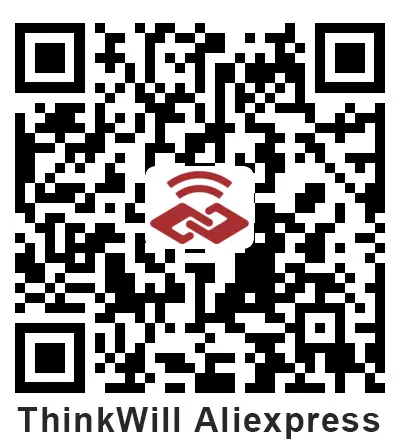2022-07-27

Along with the rapid development of wireless communication technology, growing transmission speed demands, and greater convenience for IoT deployment, it is becoming a trend for global network operators to gradually mature 4G LTE, accelerate 5G connectivity, and then withdraw 2G / 3G technology step by step.
2G and 3G adopt the mobile network technologies of GSM and WCDMA separately with the bandwidth 25MHz. Their main applications include voice calls, text messages, image transmission, GPS, etc. But for wireless broadband, 4G LTE, the cross-era progress in the data transmission rate, featuring higher velocity with maximum download speed 150Mbps (4G LTE-A up to 1Gbps max.), has been the outstanding cellular network technology over years’ iterations worldwide. To easily distinguish the core mission of each generation, we can say 2G is on voice, 3G is for image stream, and 4G is ready for videos and more IoT applications.
So what makes 4G LTE Wi-Fi technology enjoy such fast growth in just several years?
3G network suffers inevitable restrictions on its further development since there are various unified types of communication technologies under the 3G network. Learning from this experience, 4G LTE is born with the integration of the key advantages and technologies of WiFi and 3G network, and has encountered a global centralized development investment. Therefore, the global 4G LTE network can be regarded as a seamless coverage cellular network.
Throughout 4G LTE transmission speed overall, with network bandwidth 2-8GHz and Category 0 to 15 covering multi-grade maximum upstream rate and downstream rate, its improving access capabilities ensures faster and smoother data rate to adjust various IoT application scenarios.
Speaking of the 4G LTE property of high intelligence, its application function performance on independence selection and processing capability can be a typical explanation. For example, as one of the most commonly-used services, geographic location positioning can grow into a more accurate and faster positioning device similar to navigation equipment after being supported by 4G communication technology, convenient and cost-effective.
All the above has clarified the overwhelming dominance of 4G connectivity regarding coverage and reliability. Currently, the 4G LTE Cat 1 and Cat 4 technologies have become particularly significant in cellular wireless communication applications. So what to consider for satisfying various applications when choosing LTE Cat 1 or LTE Cat 4?
4G LTE Cat 4, was first announced in 2009 in 3GPP Release 8, and 4G LTE Cat 1 advanced in 3GPP Release 13.
Concerning the 5G mobile technology, based on multi-Gbps peak data speeds, ultra-low latency, and massive network capacity, employing super high-speed MIMO and mm Waves technology, it plans to connect everyone and everything in soon future and invents a whole new era.
As one of the leading IoT module manufacturers and one-stop IoT solution provider, ThinkWill creates a series of:
To simplify the IoT module deployment process, ThinkWill uniquely embeds related router functions and platform protocols in advance. For more details and advantages, please check the blog: 5 Advantages of LTE IoT Module Compared to Traditional LTE Module .
Shenzhen Municipal Government Leaders Visited ThinkWill for Guidance
How to Distinguish DTUs, Routers and Industrial IoT Gateways
